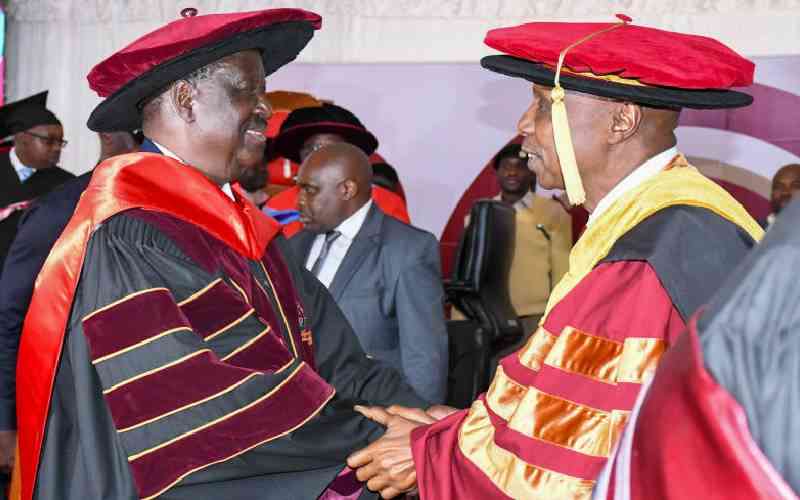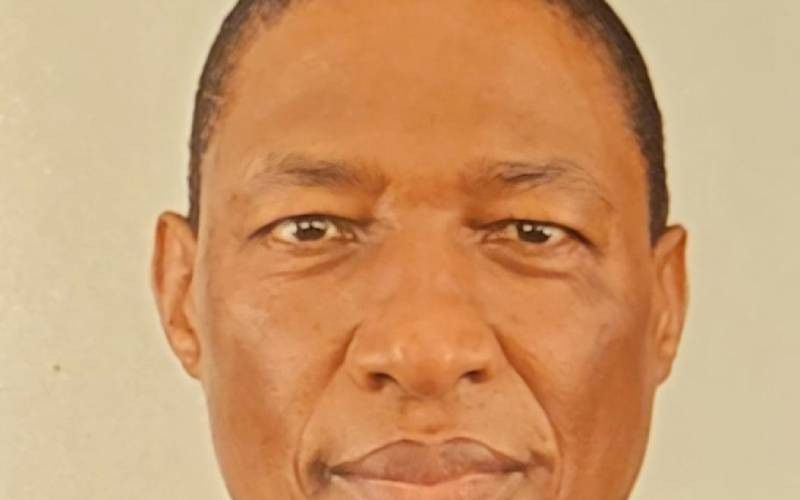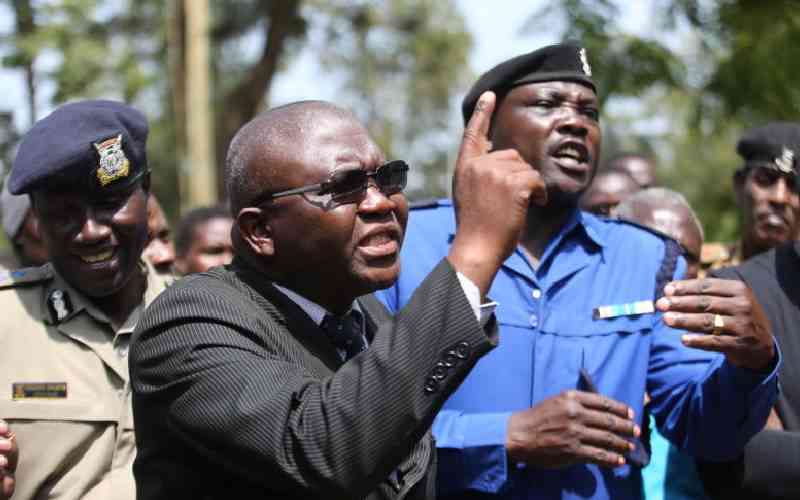NAIROBI, KENYA: Kenya marks 54 years of independence to day making her a relatively young nation-state but a lot has happened in the half century. Below, milestones in our national history.
East Africa Protectorate
In 1895 the British government took over and claimed the interior as far west as Lake Naivasha which it set up as the East Africa Protectorate. The border was extended to Uganda in 1902, and in 1920 the enlarged protectorate, except for the original coastal strip. With the beginning of colonial rule in 1895, the Rift Valley and the surrounding Highlands became reserved for whites.
First World War
Kenya became a military base for the British in the war that lasted from 1914 to 1918 the main enemy in Eat Africa being the Germans who had colonised Tanzania. The German troops in Tanzania were led by Lt Col Paul von Lettow-Vorbeck who sustained a guerilla campaign, destroying British infrastructure in Kenya. He only surrendered after Germany had been defeated in Europe.
Kenya Colony
As colony Kenyans began to feel the pinch. Settlers forced them to work in plantations for a pittance which pittance was taxed to keep the colony running. The Result was the formation of political movements in the 1920s such as Archdeacon Owen's "Piny Owacho" (Voice of the People) movement and the Young Kikuyu Association by Harry Thuku.
Second World War (1939-1945)
Again Kenya became the British base for fighting the Italians in Ethiopia and Somaliland. The war and education awakened African nationalism after Kenyans who had served became aware of their rights, questioning why they had to fight for an empire that had grabbed their ancestral land. It would lead to the formation of Mau Mau in central Kenya.
Formation of Kenya African Union
Reacting to political exclusion, central Kenya politicians lead by Harry Thuku founded a series of organisations that would become the Kenya African Union (KAU) in 1946 and the precursor of the Kenya African National Union, KANU, the party that would rule from independence to 2002
Mau-Mau Rebellion
From 1952 to 1956 armed Kenyans, mainly from Central Kenya waged a guerrilla against the colonial authorities. There was also considerable Mau Mau activity in parts of Ukambani, especially along Mombasa Road where the Whiteman had grabbled large swathes of land.
Independence
In 1962, a KANU-KADU coalition government including both Kenyatta and Ronald Ngala (KADU), was formed. The 1962 constitution established a bicameral legislature consisting of a 117-member House of Representatives and a 41-member Senate. The country was divided into seven semi-autonomous regions (Majimbo), each with its own regional assembly.
Stay informed. Subscribe to our newsletter
1963 polls
In these elections the federalist Kenya African Democratic Union, KADU, gained control of the assemblies in the Rift Valley, Coast and Western regions. Kanu won majorities in the Senate and House of Representatives, and in the assemblies in the Central, Eastern and Nyanza regions. Jomo Kenyatta was now the president.
He would dismantle the Majimbos and their regional parliaments and rule up to August 1978 when he died. Kenyatta also weakened Kanu preferring to run the country through a system of powerful provincial administrators
Major crises
- The Shifta insurgency by the Northern Frontier that wanted to seceed to Somalia. It was roundly defeated.
- The 1964 mutuinies across East Africa
- 1971 coup plot that was nipped in the bud
- The assassinations of Tom Mboya in 1969 and JM Kariuki in 1975
Moi regime 1978–2002
Unlike Kenyatta President Daniel Arap Moi revived Kanu but also used the provincial administration to run the country. The result was a firm grip that left no question as to who was in charge.
Multi party crusade
In the late 1980s a combination of the guard (Jaramogi Oginga, Masinde Muliro, George Nthenge etc) and Young Turks (Paul Muite, Raila Odinga, Kijana Wamalwa, Kiraitu Murungi etc) started a campaign for the re-introduction of a multi-party political system. They would win after Section 2A of the constitution that had rendered Kenya a single party state was repealed. The opposition however lost in the 1992 and 1997 multi-party elections to Kanu. Equally instrumental in the struggle were Kenneth Matiba and Charles Rubia who would be detained and lose their health.
Major crises
- The attempted coup in 1982
- The assassination of Dr Robert Ouko in 1992
- The 1998 blowing up of the American Embassy in Nairobi
2002 Polls
A united opposition finally defeated the Kanu candidate Uhuru Kenyatta and with the Raila Odinga-supported Mwai Kibaki becoming Kenya’s third President.
2007 Elections
In these disputed elections Mwai Kibaki was declared the winner against the William Ruto-backed Raila Odinga after which violence erupted mainly in the Rift Valley, parts of western Kenya and Mombasa. Over 1,000 people were killed forcing the international community to pressure Kibaki and Raila to form a coalition government with Raila as Prime Minister.
2013 Elections
They were worn by the Uhuru Kenyatta-William Ruto Jubilee alliance. Raila unsuccessfully tried to have the result annulled via a Supreme Court petition but the judges upheld Uhuru’s victory.
2017 Polls
They became something of a cliffhanger after the Supreme Court upheld Raila Odinga’s petition and annulled the presidential election on the grounds of illegalities and irregularities and ordereda fresh one.
Raila’s NASA bloc boycotted the fresh polls insisting that the IEBC was not a fair referee. Uhuru won easily. A petition challenging the victory was dismissed which is why he presiding over todays Jamhuri Day celebrations.
 The Standard Group Plc is a
multi-media organization with investments in media platforms spanning newspaper
print operations, television, radio broadcasting, digital and online services. The
Standard Group is recognized as a leading multi-media house in Kenya with a key
influence in matters of national and international interest.
The Standard Group Plc is a
multi-media organization with investments in media platforms spanning newspaper
print operations, television, radio broadcasting, digital and online services. The
Standard Group is recognized as a leading multi-media house in Kenya with a key
influence in matters of national and international interest.
 The Standard Group Plc is a
multi-media organization with investments in media platforms spanning newspaper
print operations, television, radio broadcasting, digital and online services. The
Standard Group is recognized as a leading multi-media house in Kenya with a key
influence in matters of national and international interest.
The Standard Group Plc is a
multi-media organization with investments in media platforms spanning newspaper
print operations, television, radio broadcasting, digital and online services. The
Standard Group is recognized as a leading multi-media house in Kenya with a key
influence in matters of national and international interest.








